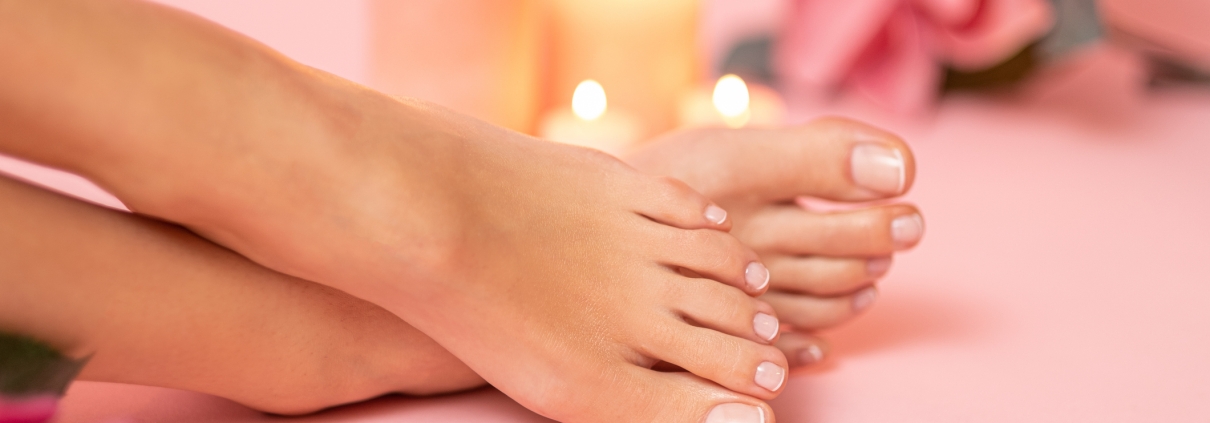Everything You Need to Know About Toenails
Toenails, though often overlooked, are essential to foot health and function. Like fingernails, they protect the sensitive skin underneath and play a role in activities like walking and balance. Despite their modest size, toenails are prone to a variety of conditions that can cause discomfort if not properly cared for.
In this article, we will explore the anatomy of toenails, their biological functions, common toenail problems, and tips for maintaining healthy toenails.
Anatomy of Toenails
Toenails share a similar structure with fingernails, being made primarily of keratin, a durable protein that helps protect the toes from injury. A toenail consists of several components:
- Nail Plate: The hard, visible part of the toenail that grows over the tip of the toe.
- Nail Bed: The skin directly underneath the nail plate, providing nutrients and support for nail growth.
- Lunula: The whitish, half-moon shape visible at the base of some toenails, representing the front edge of the nail matrix.
- Cuticle: A thin layer of skin cells that protect the new nail as it grows from the matrix.
- Nail Matrix: The tissue located under the base of the nail that produces new keratin cells, pushing old cells forward as the nail grows.
Function of Toenails
Toenails serve several important functions that contribute to the overall health and performance of the feet:
- Protection: Toenails act as a barrier, shielding the sensitive skin beneath them from injuries caused by stubbing, pressure from shoes, or environmental elements.
- Balance and Support: Toenails, by keeping the toe tips strong, provide support for walking and maintaining balance. They help distribute pressure evenly across the toes during movement.
- Defense Against Infections: The tough keratin layer of the nail helps prevent bacteria, fungi, and other pathogens from entering the nail bed and surrounding skin.
Common Toenail Conditions
Several issues can affect toenail health, ranging from minor inconveniences to more serious medical concerns. Some common toenail problems include:
- Ingrown Toenails: This occurs when the corner or edge of the nail grows into the surrounding skin, causing pain, swelling, and sometimes infection. It is often caused by improper nail trimming, tight shoes, or trauma.
- Toenail Fungus (Onychomycosis): Fungal infections in toenails can result in thickened, discolored, and brittle nails. The condition thrives in warm, moist environments, making it more common in people who frequently wear closed shoes or have sweaty feet.
- Toenail Trauma: Dropping a heavy object on your toe or repeated pressure from ill-fitting shoes can cause damage to the toenail, leading to bruising, nail loss, or deformation.
- Brittle Toenails: Toenails can become brittle due to aging, excessive exposure to water, or deficiencies in certain nutrients like biotin.
- Toenail Psoriasis: This condition is related to psoriasis of the skin and can cause pitting, thickening, and discoloration of the toenails.
How to Care for Your Toenails
Proper toenail care is crucial for preventing issues and maintaining foot health. Here are some essential tips for keeping your toenails healthy:
- Trim Regularly and Correctly: Cut toenails straight across and avoid rounding the edges to prevent ingrown nails. Use clean, sharp clippers and avoid cutting them too short.
- Keep Feet Dry and Clean: Wash your feet regularly and dry them thoroughly, especially between the toes, to prevent fungal growth. Wearing moisture-wicking socks and breathable shoes can help keep feet dry.
- Moisturize: Toenails, like fingernails, can benefit from regular moisturizing. Applying foot cream or cuticle oil can prevent dryness and cracking.
- Wear Proper Footwear: Ill-fitting shoes can contribute to toenail problems such as ingrown toenails and fungal infections. Opt for shoes with enough room in the toe box to avoid excessive pressure.
- Protect Toenails from Injury: Be mindful of protecting your toes from trauma, whether from dropping heavy objects or engaging in activities like running. Wearing proper footwear during exercise or manual labor can prevent nail damage.
- Address Toenail Fungus Promptly: If you notice thickened, discolored toenails, seek treatment early. Over-the-counter antifungal treatments can be effective in mild cases, but persistent infections may require a visit to a healthcare professional.





